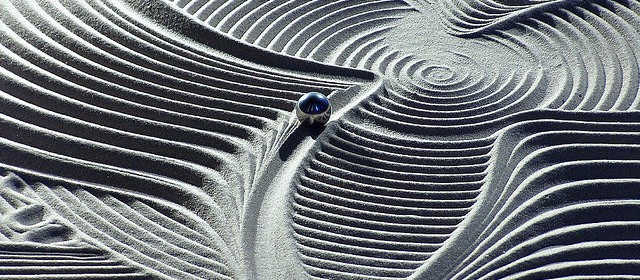Tracing Persepolis Revisions
For my revised version of my Tracing Persepolis project, I talked more about the relationship between the elements on the page; for example, the shading of the panels, the way the faces were drawn, and the way time and motion are conveyed. Instead of analyzing and looking at the tracings as a whole, I instead focused on one panel at a time. This allowed me to realize what Satrapi wanted to portray through her drawings and how each panel plays an intricate part in the page as a whole.
I also put the two tracings side-by-side in a table on my splash page in order for my readers to be able to compare them without having to continuously scroll down. In one of my subpages, I also linked back to one of Gabi’s pages where we talked about the same panel. I was able to incorporate an idea of hers into my analysis, which I feel like helped strength my discussion on the relationship between the elements on the page. Overall, I feel like my revised version allowed my readers to better understand the reason why the panels were drawn a certain way and how this impacted the overall layout of the memoir.



